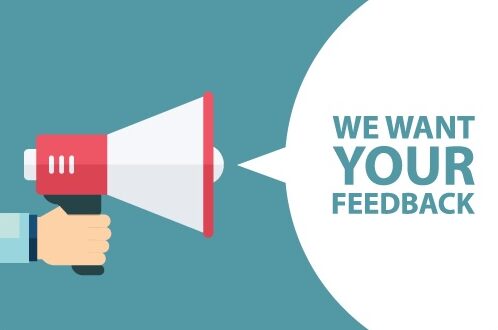OPALCO Leadership Response to “OPALCO seems to have forgotten we live in the Pacific NW”
Letter to the Editor:
The recent letter criticizing OPALCO’s solar efforts reflects a common misunderstanding of how clean energy planning works.
Yes, solar production peaks in summer and declines in winter. That’s no surprise—it’s how the sun works. But this isn’t a fatal flaw; it’s a known design parameter. OPALCO and the utility industry as a whole account for it in their planning. In fact, OPALCO explicitly includes battery storage in its resource strategy to shift energy across hours and days, and is actively exploring longer-duration storage technologies—such as flow batteries, and iron-air chemistries—that could help bridge seasonal gaps in the years ahead.
The claim that solar only produces “significant electricity for 3–4 months” is simply false. Even in our Pacific Northwest climate, solar provides useful energy for 7–8 months per year. The panels generate power even on cloudy days, and capacity factors west of the Cascades still exceed 15%—hardly “essentially none.”
Accusing OPALCO of deceit because its graphs don’t match one person’s personal demand pattern is misleading. The utility must plan for system-wide needs, not just one household. Their modeling incorporates full-year demand, market price volatility, backup power requirements, and future growth—including EV charging and electrified ferries.
The environmental claim also falls flat. Large-scale solar is among the lowest-impact energy sources available. It emits no pollution, involves no fuel combustion, and can be installed on low-value or disturbed land. Dual-use options such as grazing and pollinator habitat are increasingly common. By contrast, continued reliance on imported power—much of it fossil-based or constrained hydro—comes with real environmental and economic risks.
So here’s the real question for the letter writer: If not local solar, then where exactly do you think our power is going to come from? Should we burn more gas? Rely on markets during climate-driven energy crises? Or do nothing and watch prices and outages increase?
The letter closes by saying the project “sounds good but the benefits are not as they appear.” We’d argue the opposite: it’s time to stop dismissing real, working solutions just because they’re not perfect.
-The OPALCO Leadership Team



